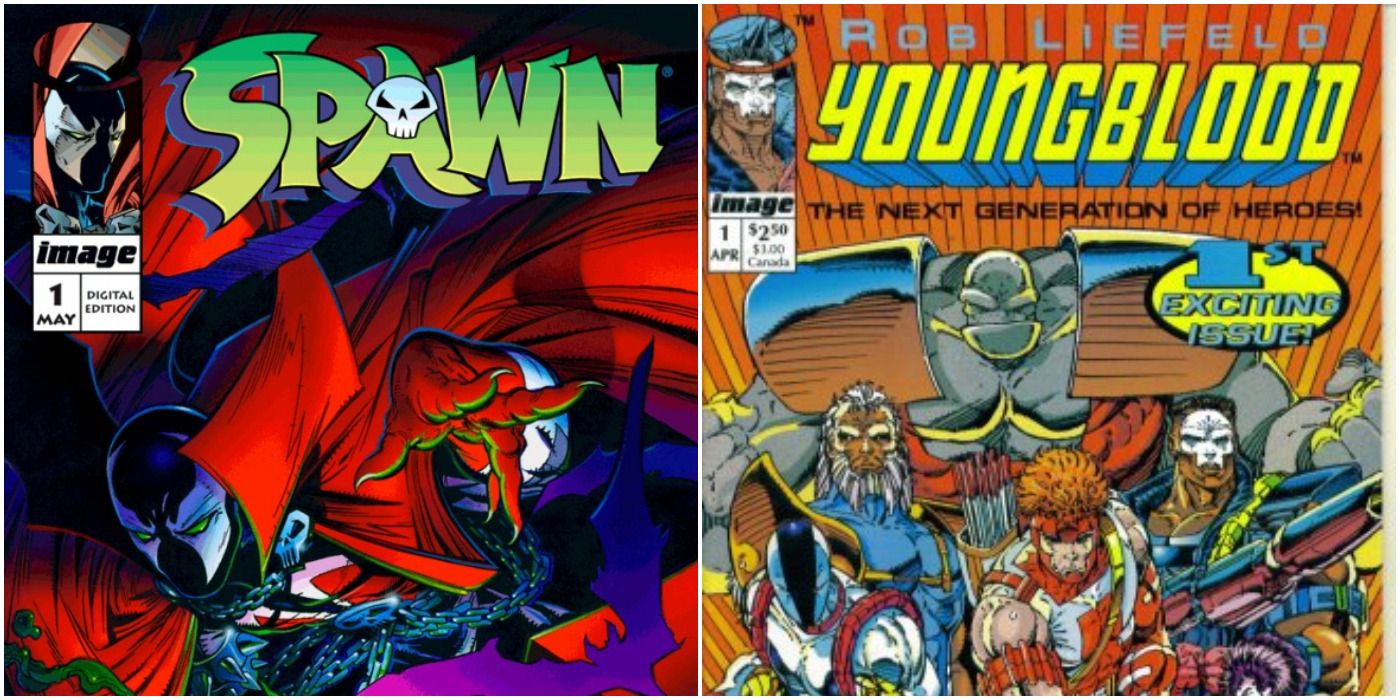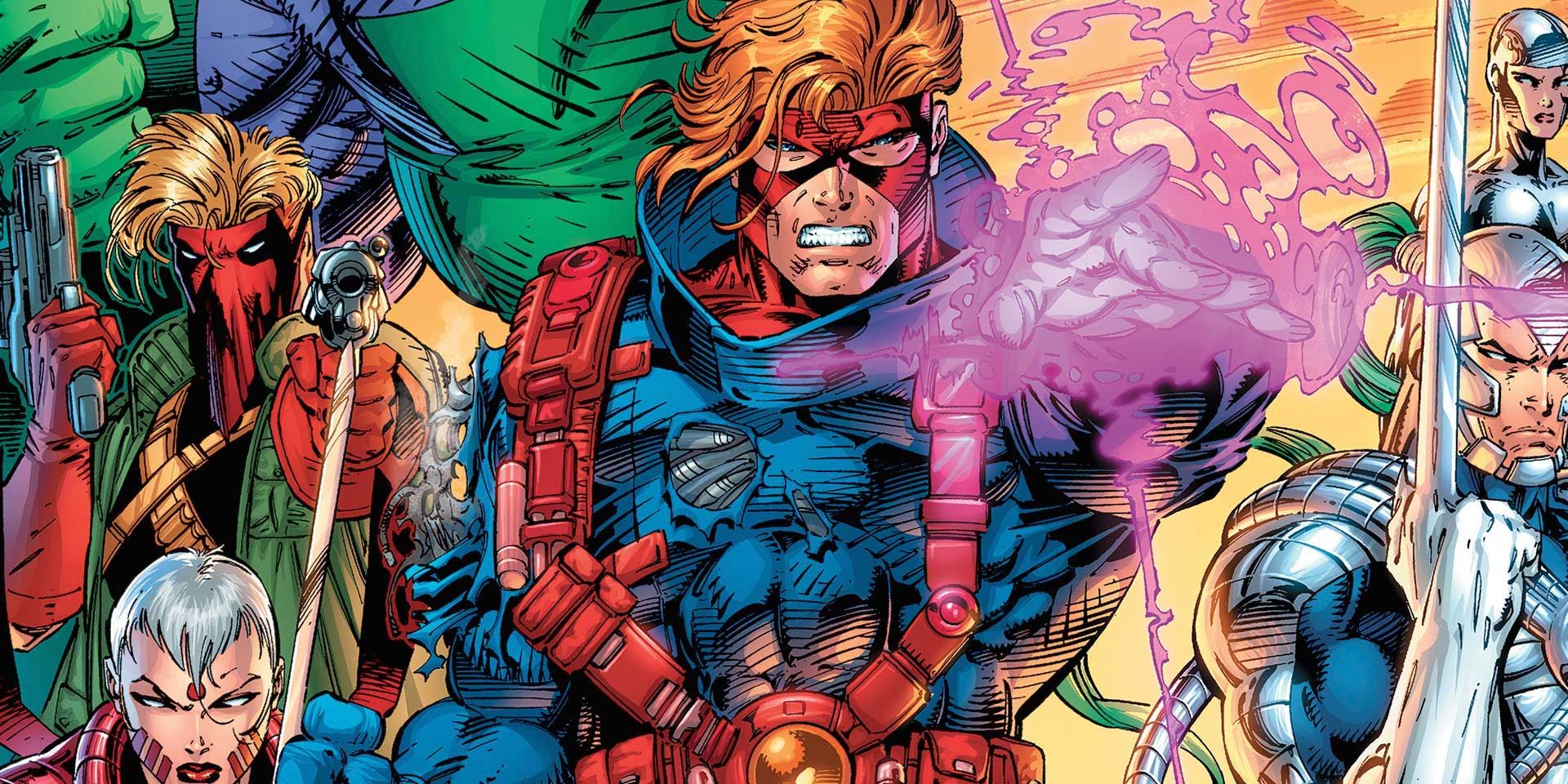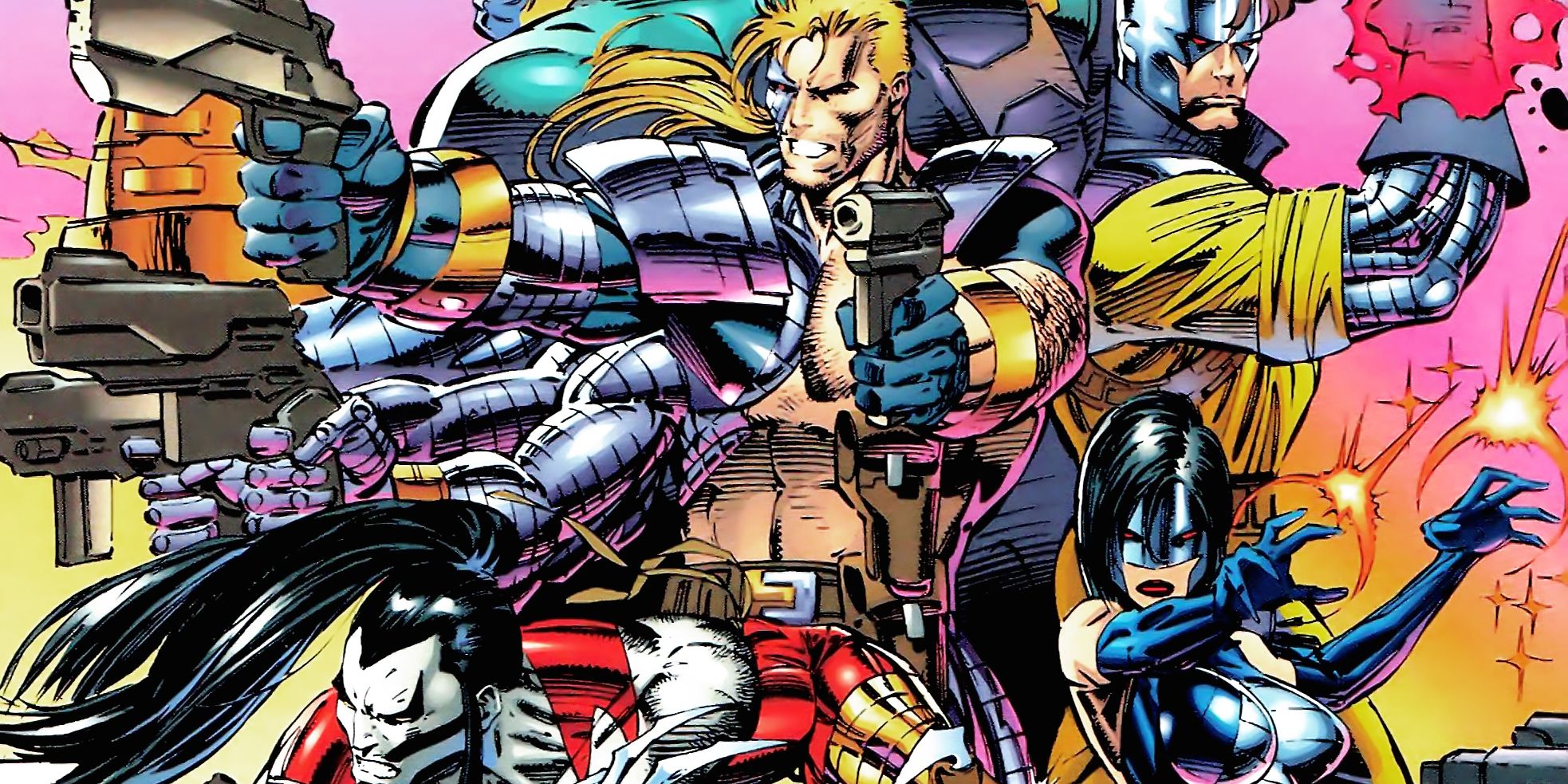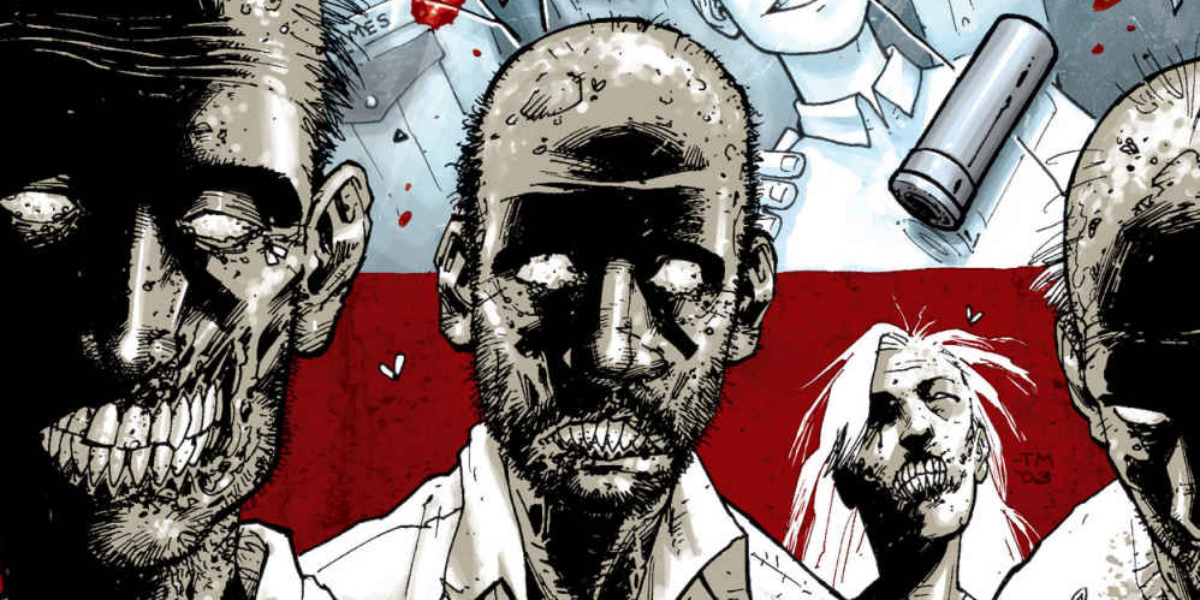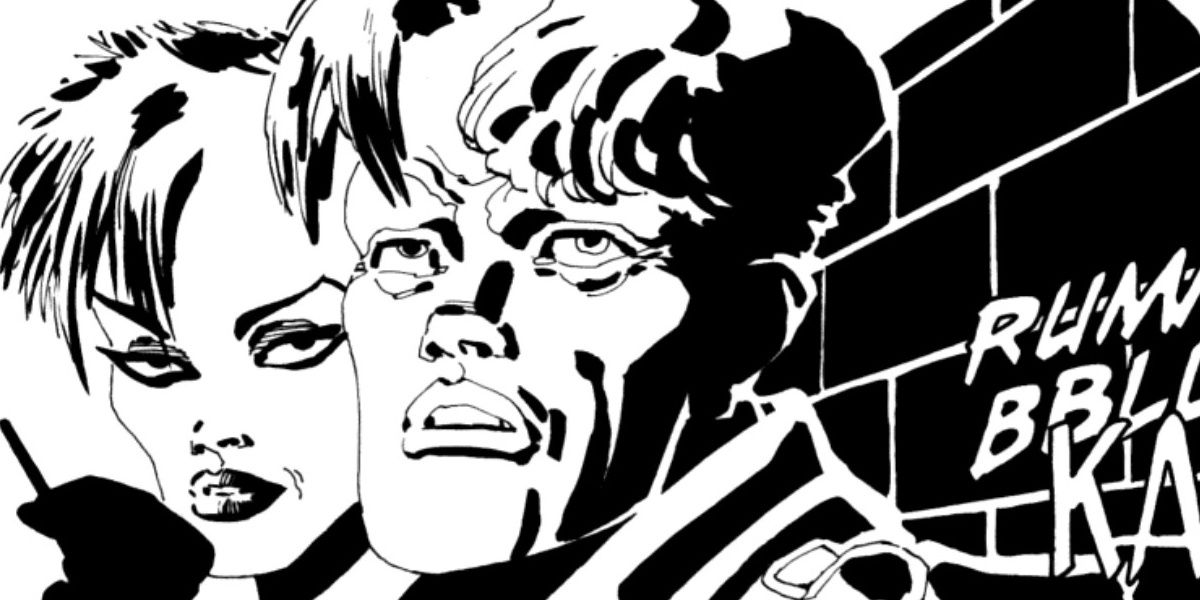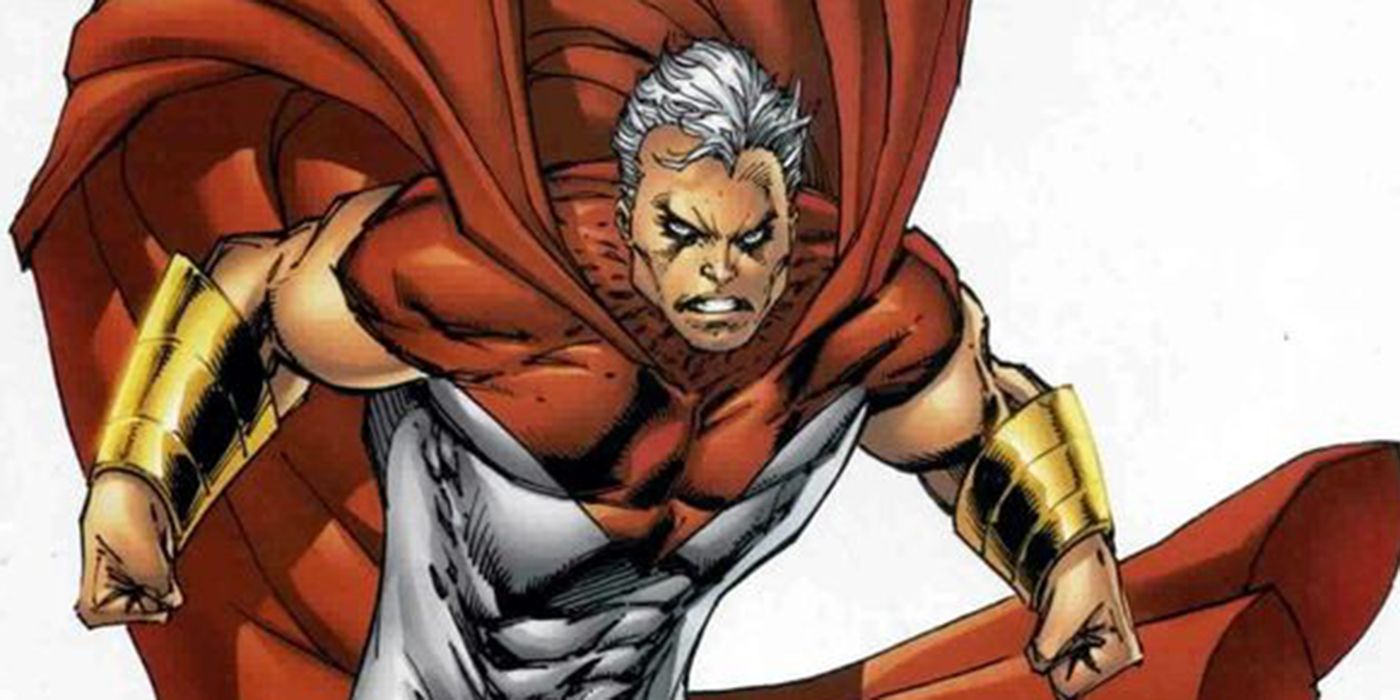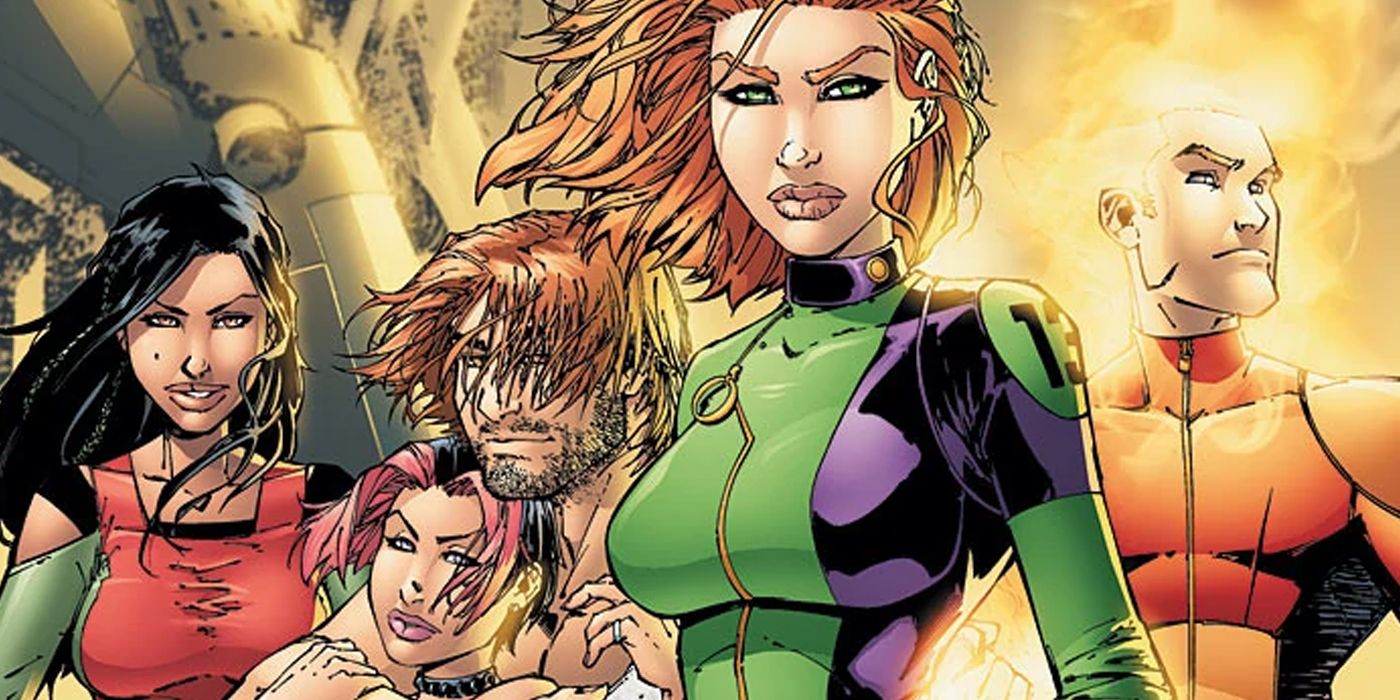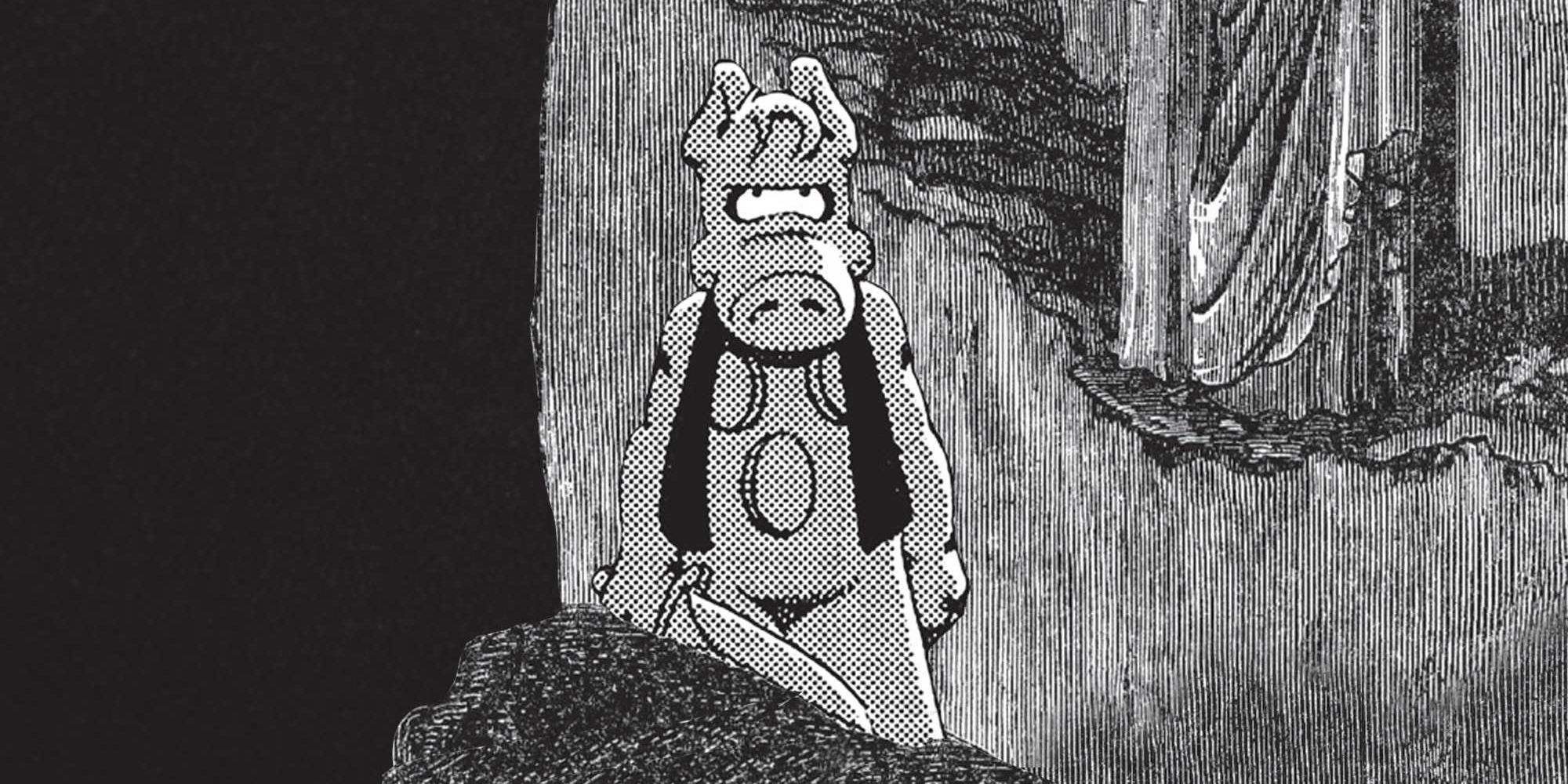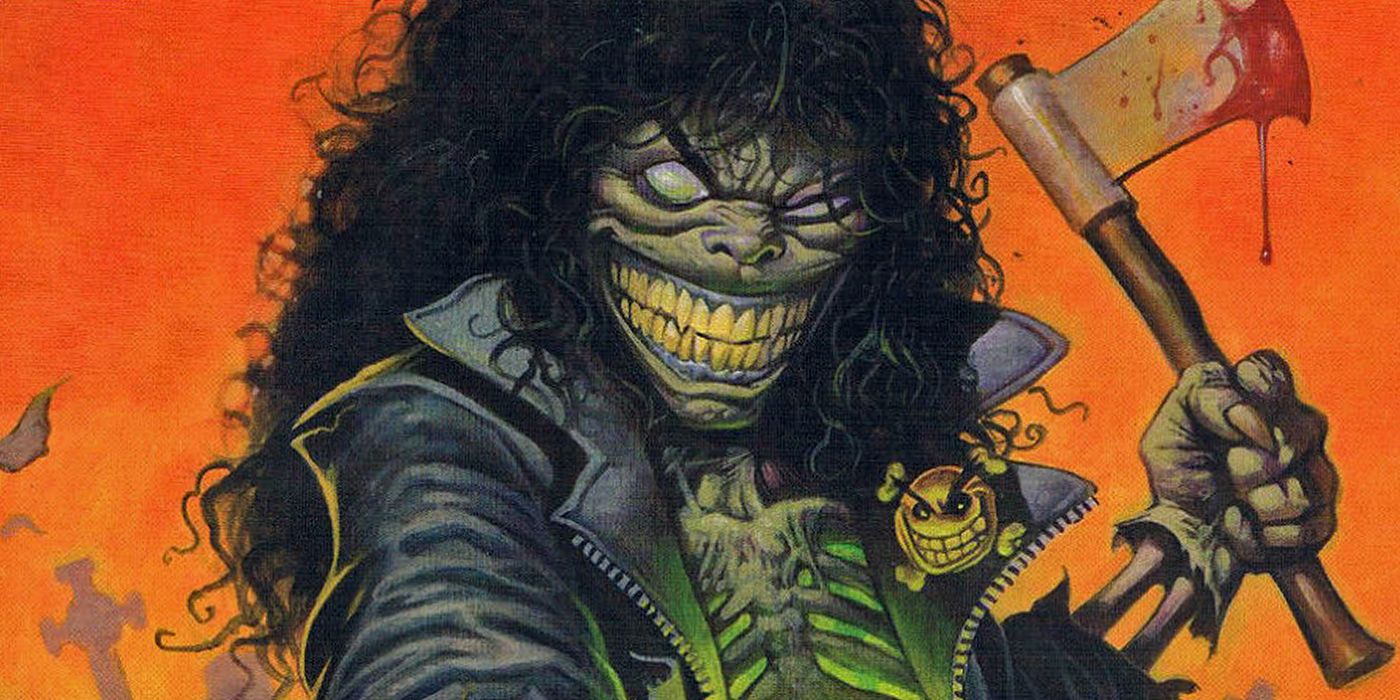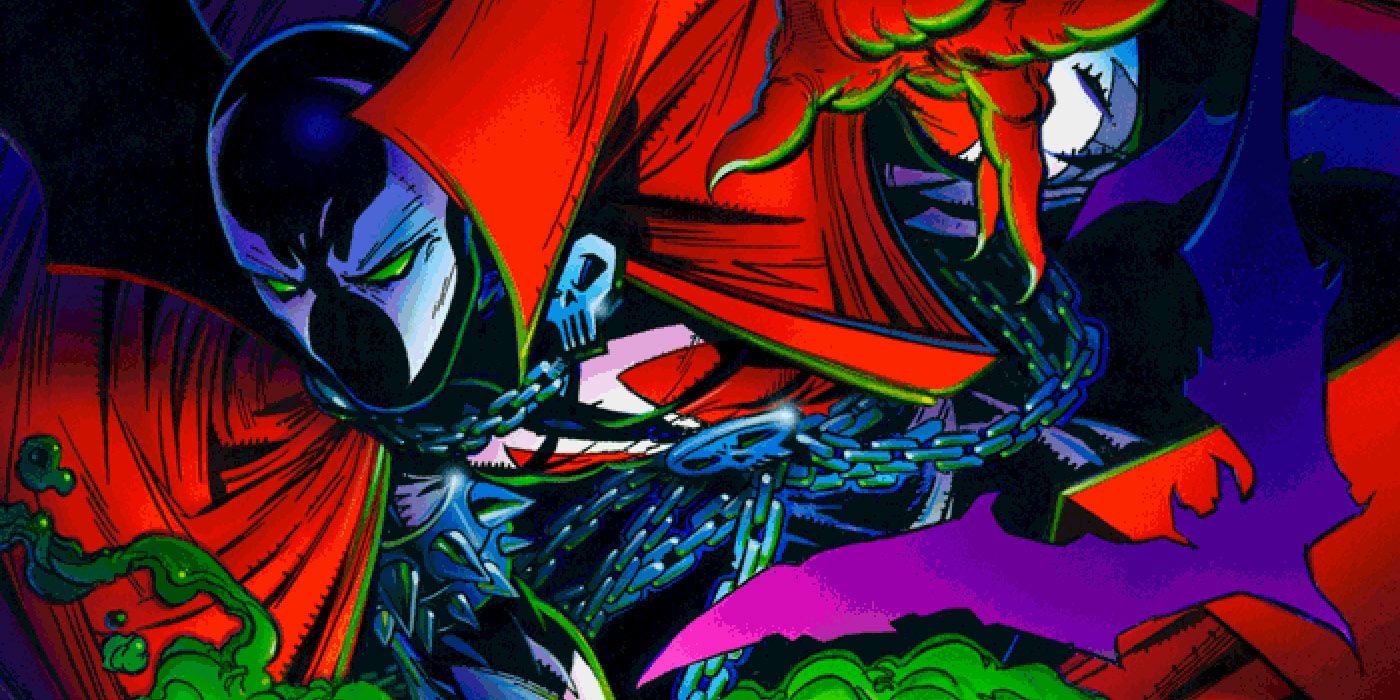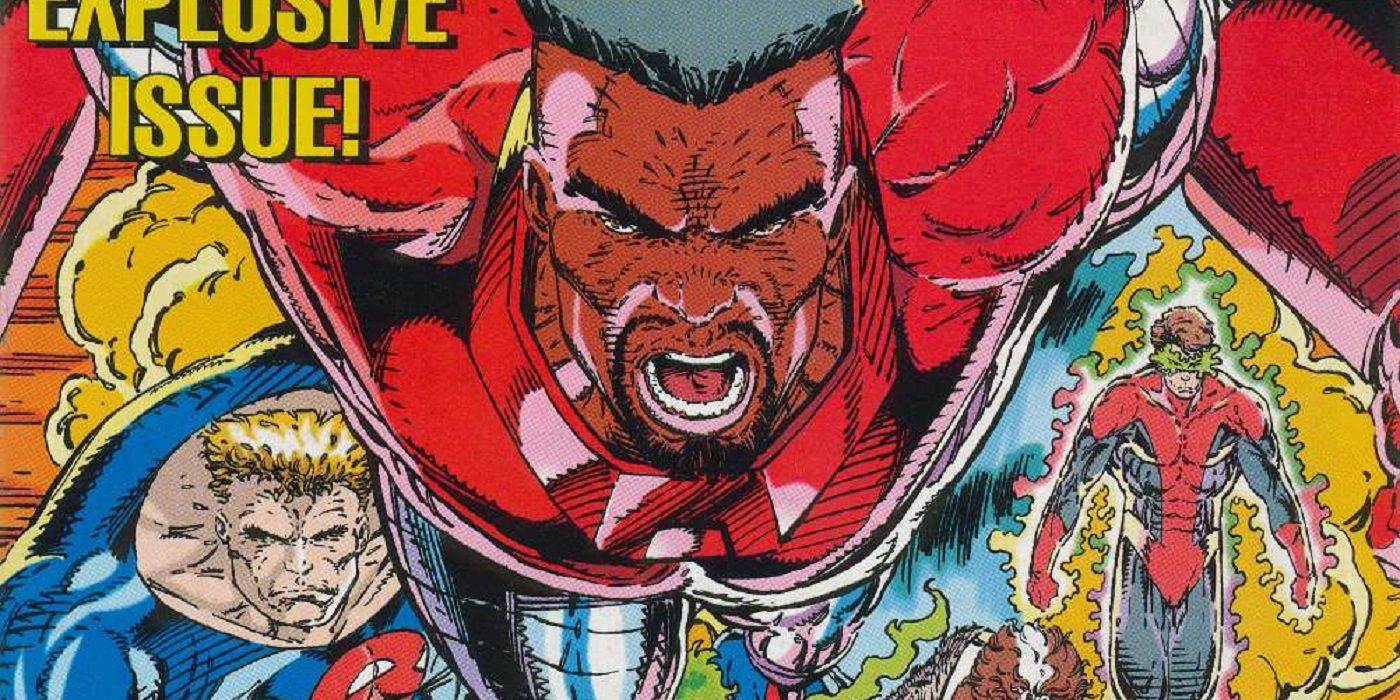Indie comics have become a force in the comic industry as more creators want to create work that they own. Indie comic companies have been giving creators power for decades and that approach has paid off, as they form an important part of the comic industry outside of DC and Marvel, a place of true creative freedom. There are plenty of indie comics out there that rival anything put out by Marvel and DC, and that corner of the industry is only growing.
Over the years, there have been lots of indie comics that were important to the history of indies that just weren't that good. They may have their fans and they broke new ground but their quality isn't as high as their reputation leads people to believe.
10 WildC.A.T.s #1-4 Started The Wildstorm Universe
The founding of Image was one of the biggest moments in the history of indie comics, as it represented one of the first times a group of the biggest artists in the industry defected en masse and started their own company. Most of the early Image comics were not very good but one of the better was Jim Lee and Brandon Choi's WildC.A.T.s #1-4.
While it was better than most of the others, it was still a pretty blatant X-Men rip-off, with the characters fitting the archetypes of the X-Men's Blue Team. The central conceit of the book was interesting but that's it. It would kick off the Wildstorm Universe, which would make history when Lee sold it all to DC.
9 CyberForce #1-4 Launched Top Cow Productions
CyberForce #1-4 was Marc Silverstri's first Image book, Joined by his brother Eric, this was yet another X-Men rip-off, with characters fitting familiar archetypes and showcasing a group of mutants fighting an evil corporation. It was a simple book with great art but calling it good was a road too far. It would be the launching point of Silverstri's Top Cow Production, which would become rather important to comic history.
Top Cow launched the careers of multiple artists and writers and still does a yearly talent search that has brought new creators into the industry. Comics would look very different without Top Cow and it's all because of this book.
8 The Walking Dead: Days Gone Bye Launched The Popular Yet Painfully Formulaic Series
The Walking Dead is a cultural phenomenon but that doesn't mean it's good. The book was always extremely formulaic, with the ragtag group of survivors always finding a new place to live that seemed great until something terrible happened, forcing them to move to another place where the cycle would inevitably continue.
The comic's first volume, Days Gone Bye by writer Robert Kirkman and artist Tony Moore, started the whole thing and while it's not exactly bad, the simplistic nature of the book was already evident from the beginning, as it was basically 28 Days Later except in America.
7 Sin City Helped Bring Crime Comics Back To The Fore But It Also Gave Life To All Of Frank Miller's Worst Tendencies
Sin City, by writer/artist Frank Miller, was a big deal in indie comics in the '90s but that doesn't mean it's held up very well. Miller was all about crime comics even at Marvel and DC, where most of his books had a hard-nosed aesthetic. Unfortunately, a lot of Miller's work was both racist and misogynistic and Sin City was where he really started to show that.
All the women were backstabbing, literal prostitutes or innocent angels put on a pedestal. Most people of color were criminals and the LGBTQ+ community just didn't exist. It put crime comics back on the map but it doesn't deserve the praise it once got.
6 Supreme #1 Started The Comic That Eventually Saw Alan Moore Writing One Of The Best Superman Pastiches Ever
Supreme #1, by writers Rob Liefeld, Eric Stephenson, and Brian Murray, as well as artists Brian Murray, Richard Horie, and Kurt Hathaway, may not seem important but it is. Eventually, Supreme would give comic writing legend Alan Moore a chance to do something he never got to do at DC and that's basically to write Superman.
Moore's Supreme, a love letter to the Silver Age Superman tales he grew up with, was very different from this book. Put out by Rob Liefeld's Extreme Studios, it was like most books from Liefeld's studio: a blatant rip-off of a more popular property from Marvel or DC with subpar art.
5 Gen13's First Miniseries Took The Comics Industry By Storm
For people who weren't around at the time, it's hard to explain the impact the first Gen13 miniseries, by writer Brandon Choi and artist J. Scott Campbell had on the comic industry. The first issue was an immediate sellout and the rest of the series followed suit. While the story was cliche, about a group of teenagers with superpowers escaping the spy organization that made them, Campbell's art made the whole thing pop.
Gen13 came out at the height of the Bad Girl craze and was a huge milestone, when indie comics truly reached up and snatched the spotlight away from the Big Two, showing they were more than just a flash in the pan.
4 Cerebus Is The Formative Text Of Indie Comics But It Got Worse As The Years Went On
In a lot of ways, writer/artist Dave Sim's Cerebus is the ultimate indie comic. Sim's story about Cerebus, a barbarian aardvark who became something more as the years went by, was highly personal. He used it to make statements on politics, religion, and lampooned the comic industry around him.
Its three hundred issue run has some good stuff in the front third, got great in the middle third, and then fell off a cliff in the last third. Cerebus is a cautionary tale about indie hubris but it still inspired legions of creators.
3 Evil Ernie #1 Led Into The Chaos Universe And Helped Fuel The Bad Girl Craze
Evil Ernie #1, by writer Brian Pulido and artist Steven Hughes, was basically a heavy metal album come to life and fans loved it. Evil Ernie would steadily grow in popularity over the years and, eventually, Pulido would start Chaos Comics, an imprint that specialized in the over-the-top horror and Bad Girl comics, including one of the most popular Bad Girls: Lady Death.
Evil Ernie #1's heavy metal album aesthetic wasn't exactly a good thing. It's a simplistic, nihilistic story and while the late Hughes's art is great, the writing just doesn't match the pencils. Chaos Comics would follow this book's example, depending more on art and spectacle than story.
2 Spawn's Early Issues Showed Todd McFarlane's Deficiencies As A Writer
Spawn has grown in leaps and bounds since its early issues and that's a good thing. Writer/artist Todd McFarlane had the most experience as a writer of any of the Image founders, but he wasn't exactly great at it. Spawn's premise was good but the writing for the early issues wasn't great. It was just a cliche superhero book with great art.
Spawn got a lot better as McFarlane grew as a writer and he wasn't afraid of letting creators like Neil Gaiman, Grant Morrison, Dave Sim, Frank Miller, or Alan Moore work on his creation. Those early issues can be kind of cringe, though.
1 Youngblood #1-4 Was The Worst Of Rob Liefeld
Rob Liefeld is a controversial creator but in the '90s, he was also one of the biggest artists, with the kind of sales under his belt that made him a force in the industry. His first Image book was Youngblood and while it sold well, it's impossible to say it's a good comic. It was the first Image release, making it extremely important to indie history but it was also terrible.
Liefeld's manic creativity was fully on display but for Liefeld, that always meant copying the better ideas of others. It led to a series with even more bad writing and massive delays, a hallmark of Liefeld's post-Marvel career. It set the course for Extreme Studios and is rightfully lampooned even three decades later.

